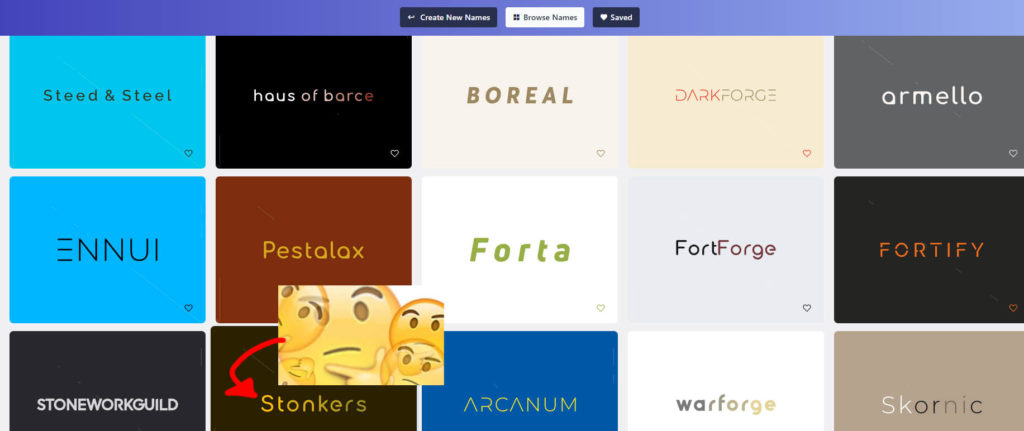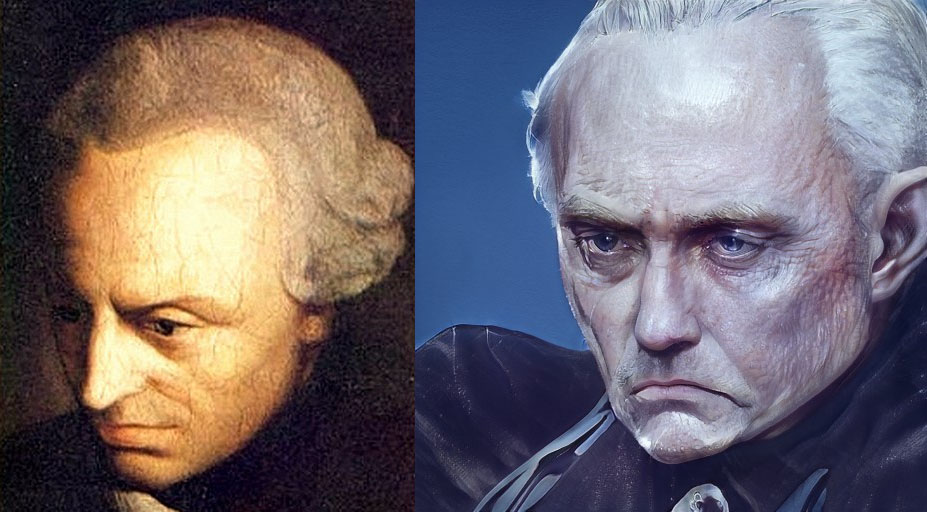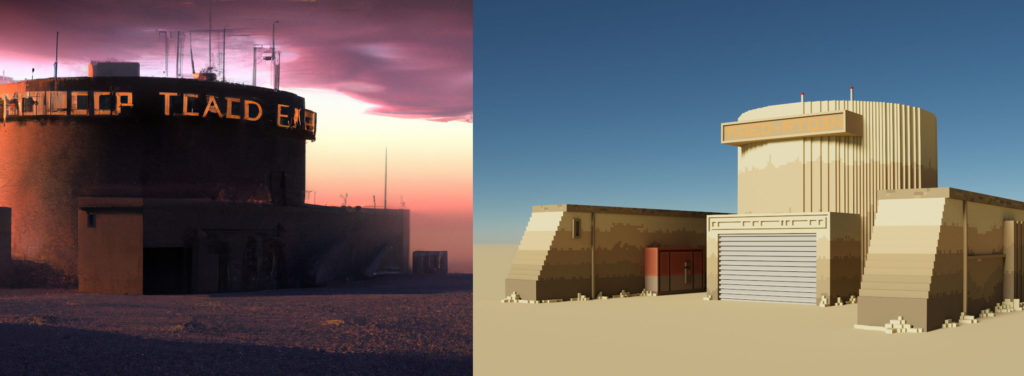AI content creation tools are all the rage these days and there are new impressive demos every day. For small indie studios these AI tools can be a blessing. We’ve been using AI tools in our production process to boost our productivity for several years now. Luckily, these tools are accessible even if you don’t have a R&D team that implements algorithms for you. Here is a practical guide for indie studios.
We’ll cover the following use cases:
- Text2Speech
- Finding Game Names
- Animated Character Portraits
- Concept Art
- Tileable Texture Generation & Upscaling Textures
Voice Acting with Text2Speech
Text2Speech algorithms are useful both for prototyping and for final production. We’ve tried several tools and ended up using 2 to create the text audio for our unannounced project Elementary Trolleyology:
Google WaveNet + Google Text2Speech for UE4: The Google API allows you to generate fairly natural sounding speech quickly and at a very low price (we haven’t paid a dime yet with our use volume). You can even generate accents with it. Here are 2 examples:
The workflow is incredibly fast and allows you to create dialogue sequences in a matter of minutes:
For voices with more “character” we occasionally use Replica Voices, which is slightly less fast to work with in ue4/5 but still incredibly useful. Here is an example with added radio noise:
Finding Game Names
Finding game names that don’t violate any copyright is hard and getting harder every month with an average of 250+ games being released per month just on Steam. Things get even trickier when you take legal problems other than copyright infringement into account. One example: some words like “war” and “god” make it harder for a game to be accepted by authorities in some countries.
For this reason, it is usually helpful to have a list of 10-20 names that you can then check with your publisher. But finding that many names isn’t easy.
We often brainstorm for a name ourselves, and then add another 10-20 names to our list that were create with https://namelix.com/.

The results are usually all over the place (Stonkers?) but filtering 200 suggestions down to the best 10 is a fast process. Ultimately, we often end up picking one of our own suggestions. But some AI suggestions were actually really good.
Animated Character Portraits
For our unannounced project we have lots of dialogue from characters and a small budget. We still wanted to give our characters recognizable faces that we can show alongside our dialogue widget. We used a combination of Artbreeder and MugLife to create animated portraits for our characters:
In our case those faces were good enough because they would only be shown alongside the dialogue widget and wouldn’t be too salient. We’ve also heard D-ID is good for animating faces, but we haven’t used it ourselves.

Concept Art
Since the rise of Dall-E2, Midjourney, and StableDiffusion this has perhaps become the most salient use case for AI in game development. We have used Dall-E2 to create concept art for our mobile voxel game.

Two things that are good to know:
- Usually, you get access to those tools in a matter of days to a few weeks when you sign up to use their betas. And presumably they will soon all be public.
- https://lexica.art/ is a great search engine for AI-generated art that can take your fear of the blank paper if you get started on concept art for something.
Tileable Texture Generation & Upscaling Textures
This is the one thing we haven’t used ourselves so far, but it seems useful and so I would like to mention it:
- AI inpainting can be used to create tileable textures fairly easily. Here is semi-automated tool for turning any surface photograph into a tileable texture.
- Upscale old textures using neural upscaling. Gigapixel AI looks good.
Final Thoughts
Every indie dev is painfully familiar with having to make decisions on which areas of a game to prioritize given limited resources. Where AI has helped us as indie game developers is raising the neglected areas of our games to higher levels than before.
Before AI we might just have skipped voice audio. Now we can have decent quality audio at no cost. Before AI we probably would have had quick photoshop portraits for our dialogue widget, now we have animated portraits. Etc.
AI has also helped us turn creating ideas/concept into selecting good ideas/concepts in some areas. The latter is usually much faster and easier than the former.
The limitations of current AI are obvious to anyone who has worked with them. That’s why we currently see the main advantage of AI for indie devs as empowering them and making their lives easier.
Resources
- Introduction to using stable diffusion
- Signing up for Dall-E access
- Midjourney Discord
- Search engine for text2image
- Signing up for google text2speech
- UE 4/5 plugin to directly access the google text2speech API in the editor
- Replica voices text2speech
- Artbreeder for concept art and face generation (now also using stable diffusion)
- Namelix for name generation and brainstorming
- Mug Life for face animation
- A short guide to tileable textures using Dall-E
- Seamless texture AI generator for blender
P.S.: Did we miss interesting use cases for AI? Email me at jonathan-at-twinearth.com.